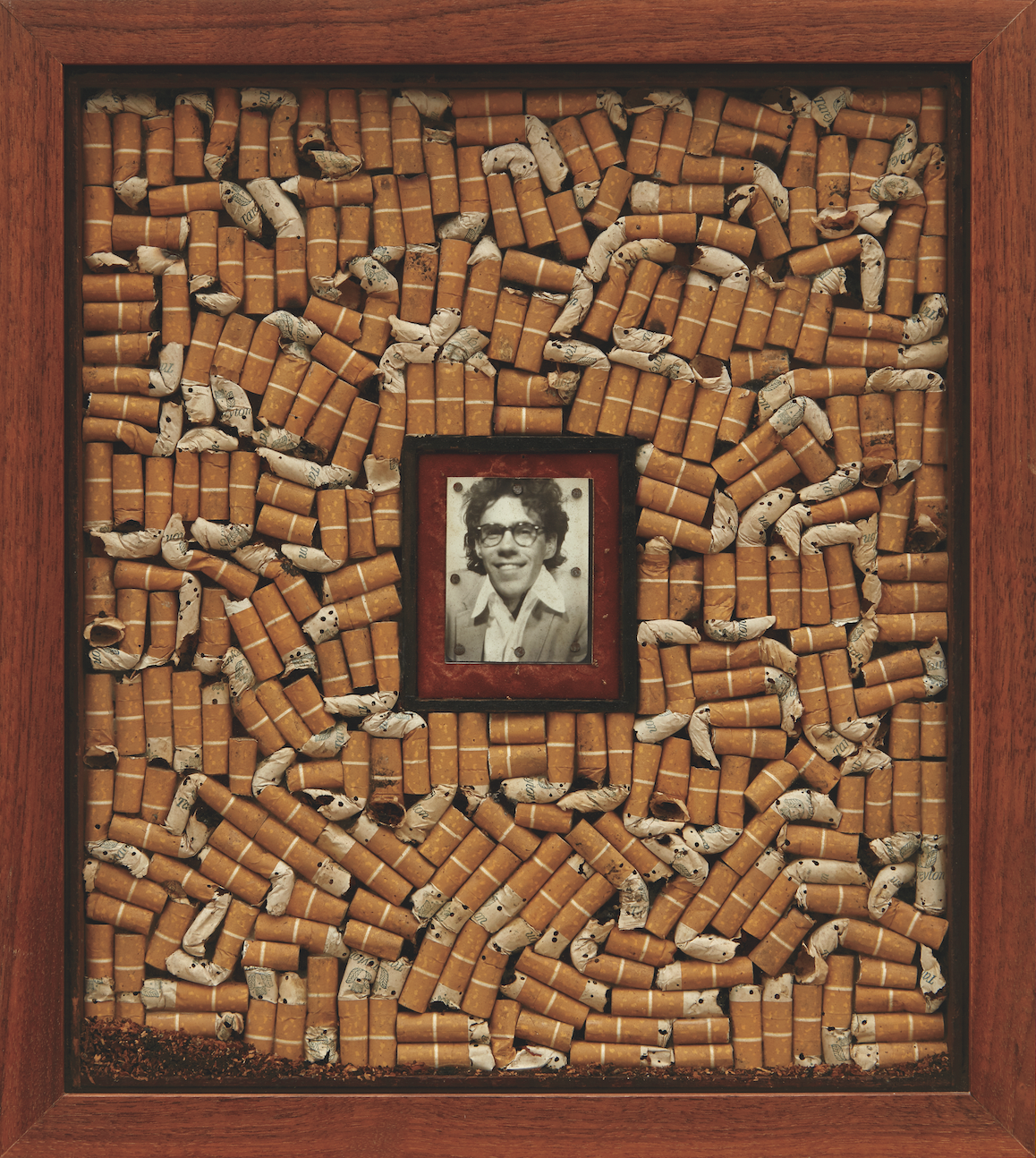
Yes, that was me you saw in the produce aisle, clenching a spattered, warped, approximately five-pound copy of Marcella Hazan’s Essentials of Classic Italian Cooking under my arm as I attempted to bag some carrots for a Bolognese sauce. And yes, that was also me you saw having a conversation in the meat section with someone roughly twenty years my elder who was holding nothing but a smartphone and extolling the virtues of shopping from a list generated by a recipe app, while giving my battered, beloved Hazan a pitying glance.
From the grocery store it was a few short blocks to my kitchen, where, on a recent Saturday afternoon, I watched my five-year-old gleefully tear open a bag of flour hideously close to a borrowed iPad. We were about to test out a pancake recipe I’d found on the Epicurious app, and as the white plumes settled onto everything in sight except the iPad, which I managed to rescue at the last second, I experienced a moment of cognitive dissonance. How did we move so quickly from constantly being told not to eat and drink around our computers (yes, also me, in line at the repair place, being chastised for splashing coffee onto my keyboard for the second time in as many months) to inventing ever more ways to put them onto our kitchen countertops and directly into the line of fire—not to mention popping grease, flying bits of meat, sticky demi-glaces, and bottles of oil, vinegar, and other extremely spillable ingredients?
And yet here we are. Lists of the best cooking apps and e-books are as much a part of food writing as essays about eating local, eating organic, and the importance of eating a family dinner. Articles with titles like “Are Apps Making Cookbooks Obsolete?” and “Is the Future of Cookbooks Digital?” are, at this point, posing a largely rhetorical question, at least as far as their authors are concerned. They’re usually written from a rather breathless perspective about the joys and pleasures of this new technology—or at the very least they assume, not unreasonably, that this is the direction we’re headed in, like it or not. It’s possible all of these writers really do love being able to access tiny videos of Mario Batali cooking pasta on their iPhones, but it’s also possible that they, like all of us, have been down this road before with music and movies and figure they might as well embrace the future now instead of being argumentative about it for a few years before finally giving in.
Nevertheless, publishers are still cranking out print cookbooks like there’s no digital tomorrow. A recent count turned up over nine hundred newcomers in 2011, a number not very different from the previous four years, and a rough estimate for 2012 isn’t much lower. These volumes aren’t just trophy cookbooks—great tomes by famous chefs with sumptuous photography and a cachet that makes them far more exalted than mere guides to making a meal. There are books for specific diets, for new parents, for people who love chicken, for easy weeknight dinners, and for telling you what’s worth making from scratch and what isn’t—the list goes on and on.
Is this continued outpouring of print cookbooks a considered gamble by publishers in a time of uncertainty, or just a refusal to accept the inevitable? (Which, let’s face it, has been one of the book publishing industry’s defining features in recent years.) Having never used a cooking app myself—purely out of indifference rather than principle—I couldn’t help wondering. Hence the borrowed iPad, onto which I loaded everything from the app version of Mark Bittman’s How to Cook Everything (which I also own in hard copy) to Jamie Oliver’s Jamie’s Recipes to the Coleman Company’s Camping Cookbook & Meal Planner. I found myself entirely unable to resist: Somehow the idea of following what Coleman calls “At camp Instructions” from a screen in order to make a rustic stew in a cast-iron pot over an open fire was just too perverse not to check out, as well as being a perfect example of how everyone understands that apps are where it’s at, but very few people have thought about what kind of content actually makes sense.
There are a few recent entries—like the much-lauded Professional Chef app from the Culinary Institute of America, which includes the institute’s classic textbook, as well as instructional videos and a social-networking component (CIA students themselves will soon use it instead of the textbook), for fifty dollars—that are going into new and useful territory. And there are other e-books and apps that include links within recipes that send you online to purchase ingredients and equipment you might need (though this requires looking at the recipes far enough in advance to receive deliveries). But many e-books simply link to a website or video content you could have looked at online anyway, which makes the app seem pointless. Grant Achatz, ever ahead of the curve, released a pay-what-you-want e-book last August when the Paris 1906 menu at his revolving-theme restaurant, Next, ended, including extra recipes that never made it onto the dinner table, as well as commentary from the chefs—but for now this remains a relatively rare example of truly original content.
I had less lofty goals for my inaugural app experiment than a turn-of-the-century French feast. And so I went shopping for pancake ingredients. As my acquaintance in the meat section had predicted, shopping with a ready-made list—a feature that practically every good cooking app now has, along with other handy tools like built-in timers to use for each step, and definitions of cooking terms and ingredients—was a dream. Paper grocery lists, which I use most of the time, when I don’t throw the actual cookbook into my bag, are all well and good, but they smear, and there’s an element of human error involved. Put another way, I am entirely capable of going shopping for the very few grocery items that make up pancakes and coming back without one of them, like eggs.
Once I was home, though, some of the disadvantages of digital cooking made themselves obvious. To begin with, there was that bag of flour. There was also the fact that even under the best of circumstances, I’m a person who wipes her hands on her pants far more than I should while cooking. One of the biggest complaints about having a touch-screen device in the kitchen is that, well, you have to touch it all the time. What this means is even more hands-on-pants wiping and, depending on the complexity of what you’re making, drips and drops of various things hitting your screen. Numerous developers are already addressing this issue with experiments like voice-controlled apps, and apps that let you skip to the next page or element via waving or clapping (though will anyone who’s ever seen one of those weirdly indelible, long-running TV ads for the Clapper ever be able to use this technology without breaking down into giggles while the butter burns on the stove?). For now, though, most of them require that odd combination of swiping and tapping we’ve adopted as a replacement for the wild waggling of thumbs that was the hallmark of the BlackBerry era. Hands, meet pants.
Once my son and I got past a few newbie technical difficulties—and a few requests to please forget about cooking and download Angry Birds instead—and propped the iPad up on top of the coffee maker so it was at least somewhat out of harm’s way, the pancakes were delicious. But they would have been equally delicious had we just looked at the same recipe online at the Epicurious website, and it’s that truth that ultimately makes me think very few people have figured out what cooking apps are really for.
Which is not, of course, to say that they won’t. We all love our gadgets, and no doubt they’ll be in every kitchen before much longer, including mine, where my laptop already makes cameos on a regular basis. But no matter how we get our recipes, we cook for warmth, for memory’s sake, for comfort, and for pleasure, and so publishers may very well know what they’re doing when it comes to printing all those cookbooks. Making food, after all, is based on traditions of all kinds—cultural, personal, seasonal—and although we’ll never prevent recipes from going digital, we’ll also never sever cooking from these traditions. When I look at my copy of Essentials of Classic Italian Cooking, I see not only the dents from dragging it to the grocery store but the spills of tomato on the crespelle recipe that remind me of preparations for many New Year’s Eve dinners gone by. I see the grease stains that hearken back to the days after the births of my two children, when I was so tired I had no business being anywhere near flames and knives but I wanted that Bolognese sauce and so, rather messily, I made it. It has no how-to videos or built-in timers or links to sites that sell pasta pots, but there’s so much more there than just words on paper, so much more than just a book.






